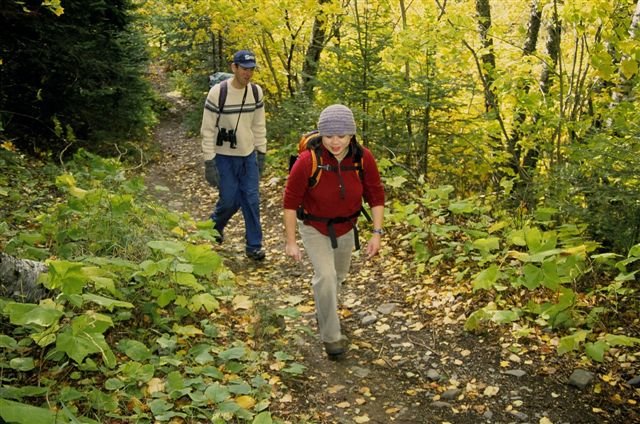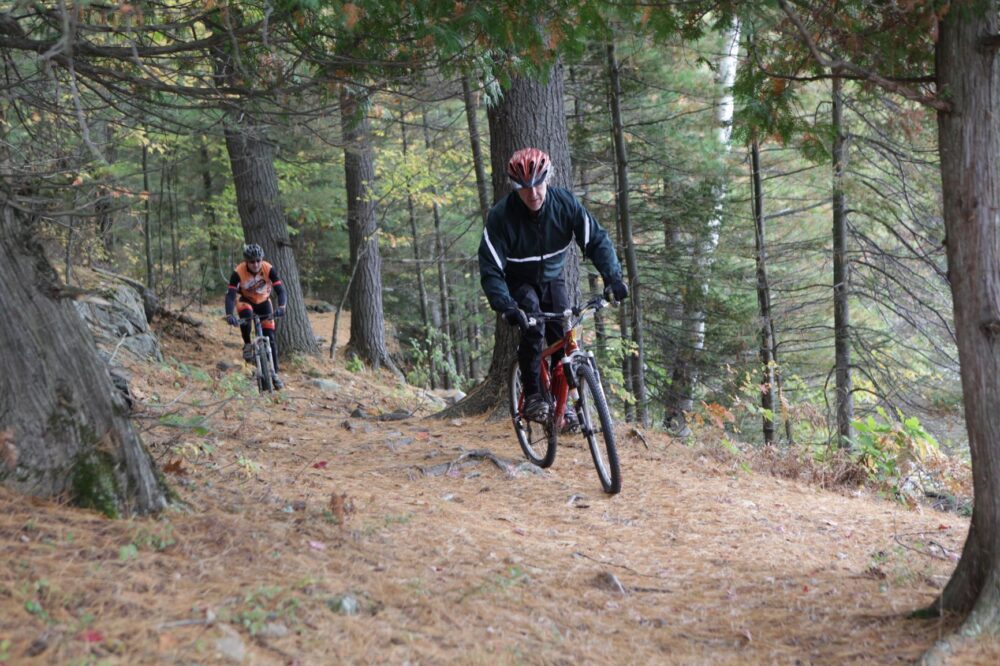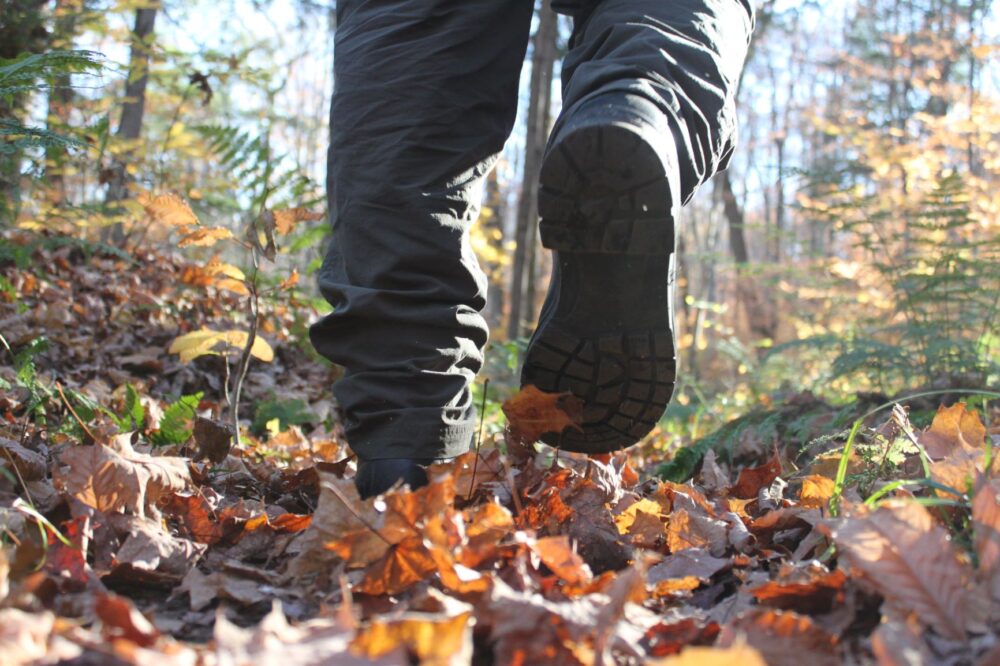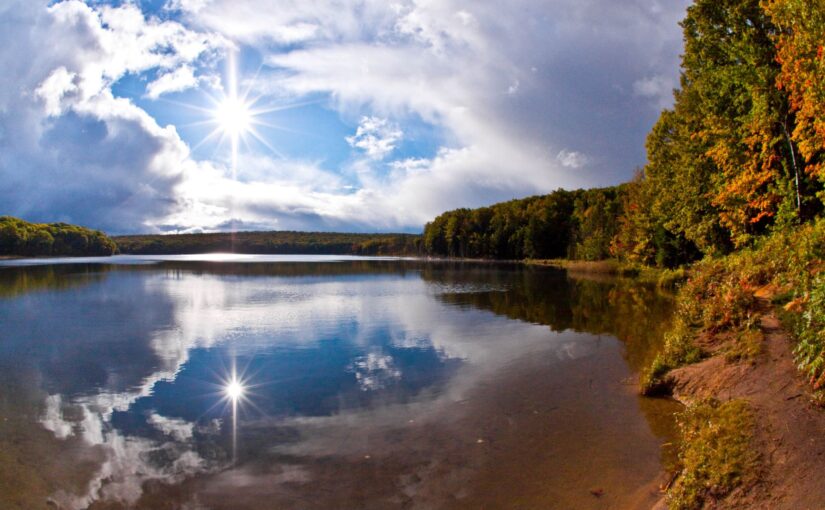As the days get shorter and the colder weather arrives, it’s time to talk self-care. Bubble baths and meditation are great options, but have you considered adding nature to your self-care toolkit?
October 10 is World Mental Health Day, and it’s the perfect time to think of ways we can take care of ourselves and our families.
Nature: now more than ever
The last few years have been full of change. An optimist might choose to see the opportunities rather than the challenges. We’ve been innovative, shifted our priorities to focus more on our families and ourselves.
A pessimist might say that these last few years have just been really hard. A recent workplace survey showed that over half of the respondents ranked mental health and motivation as their top challenges during the pandemic. We’ve adapted to new working models, changed the way we commute and spend time in our workplaces, and increased our productivity levels.
So what can we do?
Taking care of ourselves is taking care of others. We’ve learned that wellness has become a priority for individuals at home and at work. Moving forward, it’s time to prioritize our physical and mental health.
This means doing all of those common-sense things to take care of ourselves and each other. Following public health guidance, getting regular exercise and sleep, and eating well.

Equally important is preserving our mental health.
This will mean something different for each of us. And it’s a good idea to make a plan that will work best for you and keep it realistic and manageable.
This year, more than ever, we can rely on nature to offer us some self-care solutions.
Nature is good for your body and brain
Research that shows even 20 minutes a day in nature can make a big difference to our health and well-being.

Some of the mental health benefits of spending regular time in nature include:
- lowered anxiety
- decreased stress
- improved focus
- better sleep
- improved mood
Sounds good right? So how can we prioritize spending time in nature when life gets busy?
Top tips for your toolkit
The World Health Organization (WHO) has great tips for ways we can look after our own mental health, and help others who may need extra support and care.
Some guidance includes:
Have a routine and make time for things you enjoy
Building nature in to your routine and blocking off time to get outside is a great first step!

Add a “nature appointment” to your daily or weekly calendar. It can be active (like a walk with a friend) or relaxing (like making time to sit outside where you can observe the sights and sounds of nature and decompress).
Exercise regularly
Fall is a great time to exercise outdoors. The air is crisp and cool, and it’s fun to watch the change in seasons.

Plan a weekend hike or bike ride, pick up the pace on your dog walk, and explore nature where you can – whether it’s an urban green space, a conservation area, or one of our beautiful provincial parks.
Be aware of screen time
Most of us spend more than 90% of each day inside – and a lot of that is on screens. Some of it can’t be helped when working or learning from home. But being aware of how long you are staring at a screen is helpful.

Taking regular breaks is important and can be even more beneficial if you can take a short break in nature.
If you can’t get outside, that’s okay. Research shows that even listening to the sounds of nature can relax and restore us. So cue up a playlist that features bird song, a breeze in the trees, or the sounds of rushing water, and close your eyes and chill out!
Mental health is essential
Good mental health is essential all the time – and its importance is highlighted even more now.

We are becoming increasingly aware of the financial and social costs of poor mental health. For example, the global economy loses about one trillion US dollars per year in productivity due to depression and anxiety.
Healthy Parks Healthy People is here for you!
Ontario’s Healthy Parks Healthy People initiative recognizes that spending time in nature can help reduce the risks of mental health challenges.
We are proud to be part of this movement, and to celebrate World Mental Health Day. It’s our goal to improve the health and wellness of Ontarians by connecting them to nature.
Learn more about how great nature is for our bodies and minds on the Healthy Parks Healthy people webpage.
If you’re getting outside this fall, tag us in your photos using #HPHP! We’d love to hear about how you’re using nature to keep happy and healthy!
